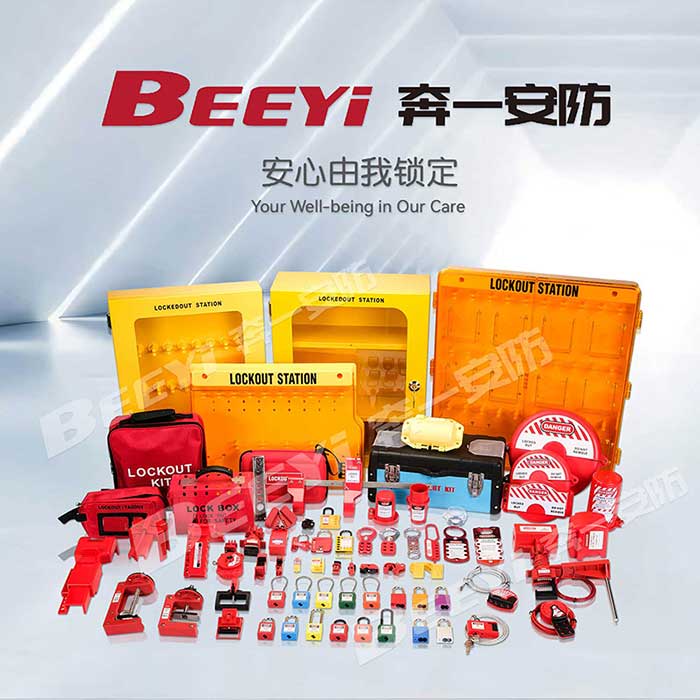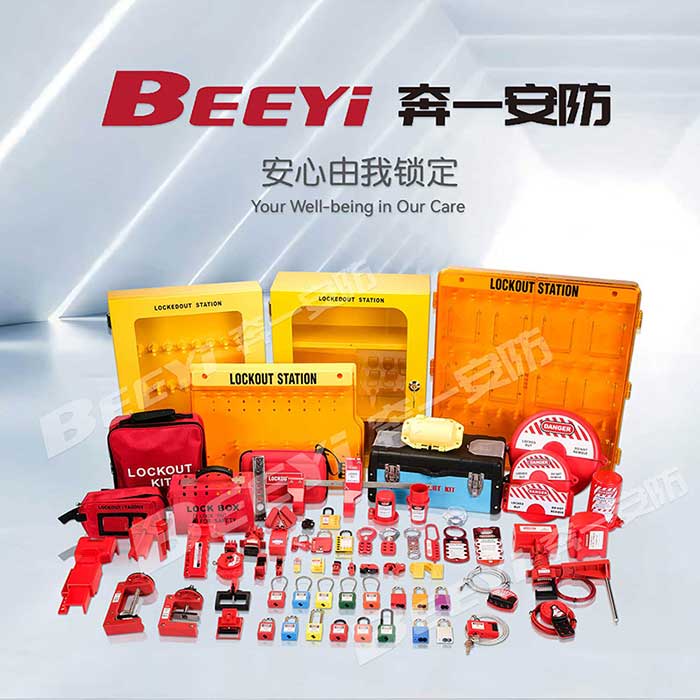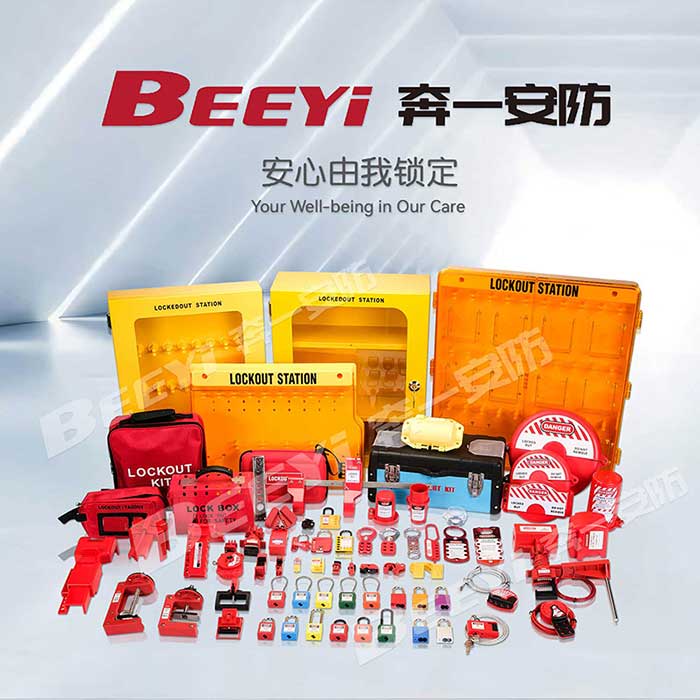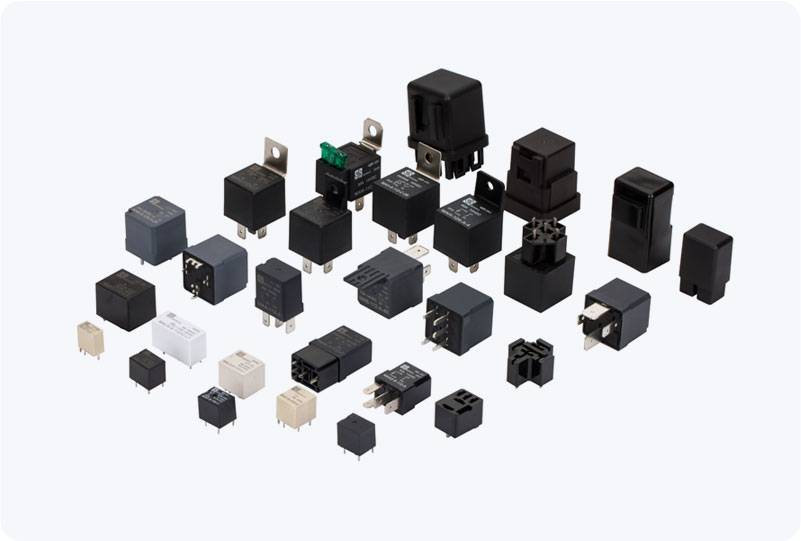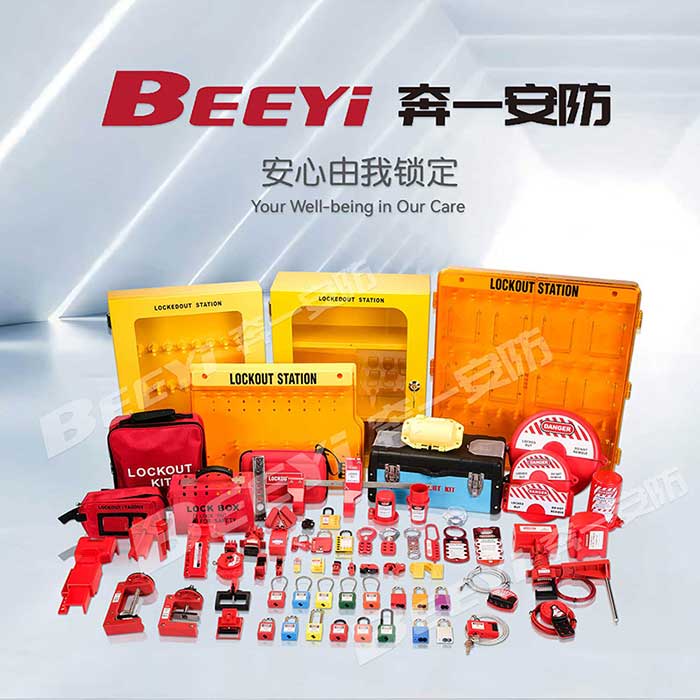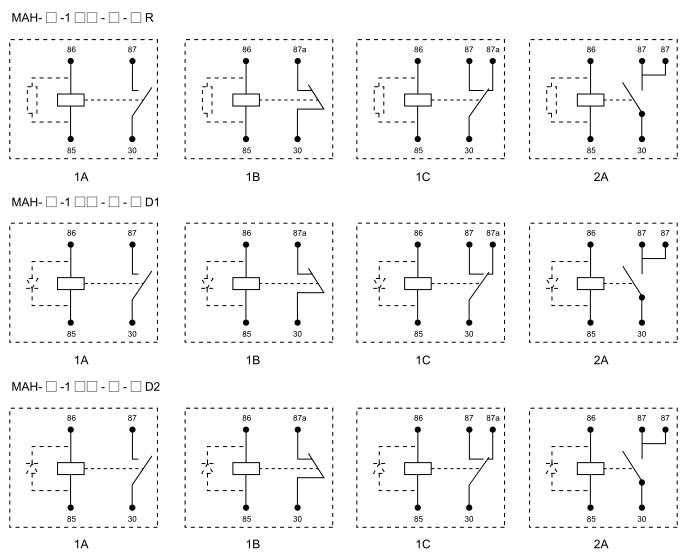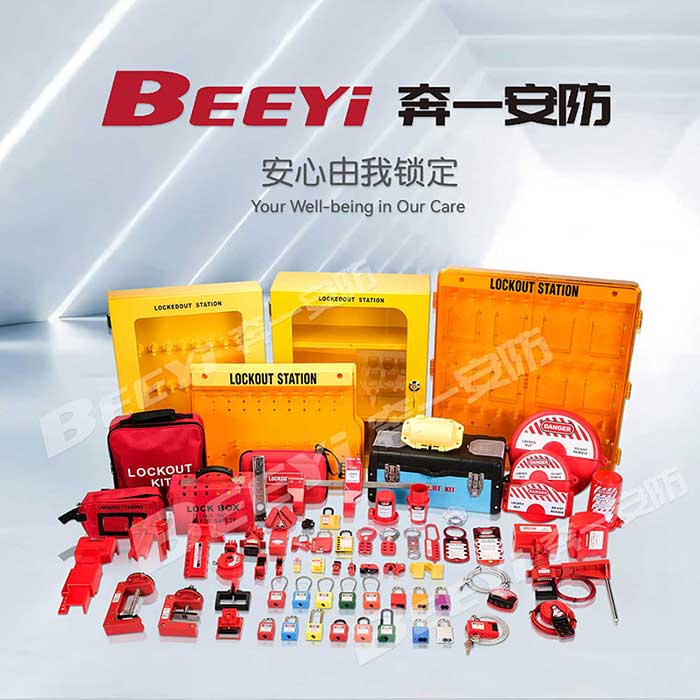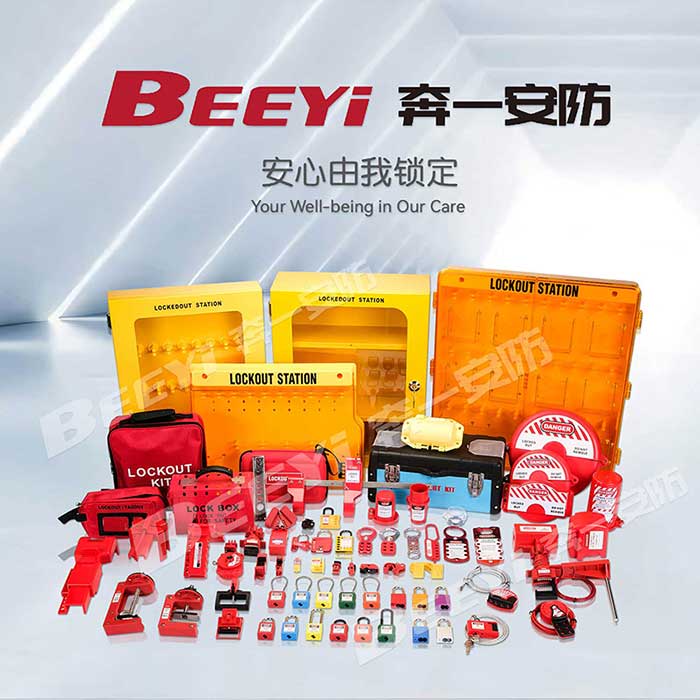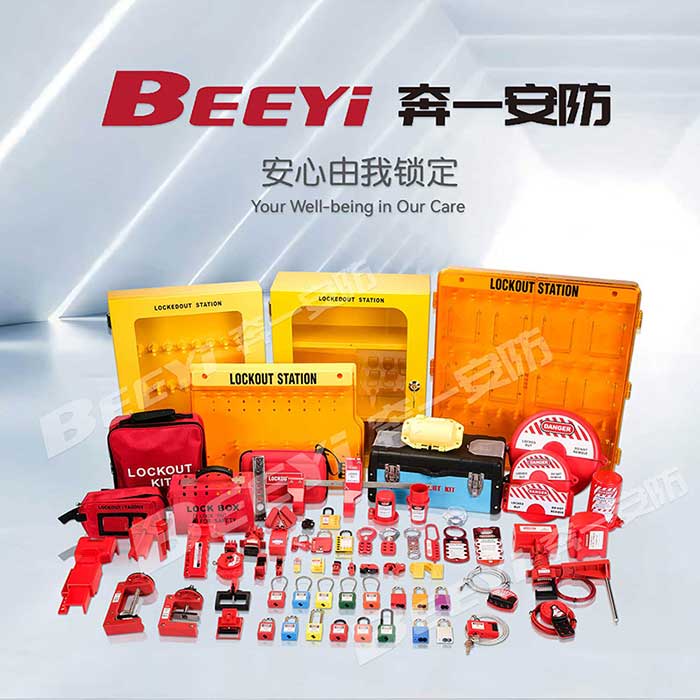When it comes to ensuring the safety of workers and machinery in commercial environments, lockout hasps play a critical role. These safety devices are designed to prevent accidental machine startups or power activations during maintenance or repairs, providing a secure method of controlling hazardous energy. Selecting the best lockout hasp for your business involves not only considering effectiveness but also cost efficiency. In this article, we will explore some of the top brands offering Best price lockout hasps for commercial use, focusing on durability, security features, and affordability.
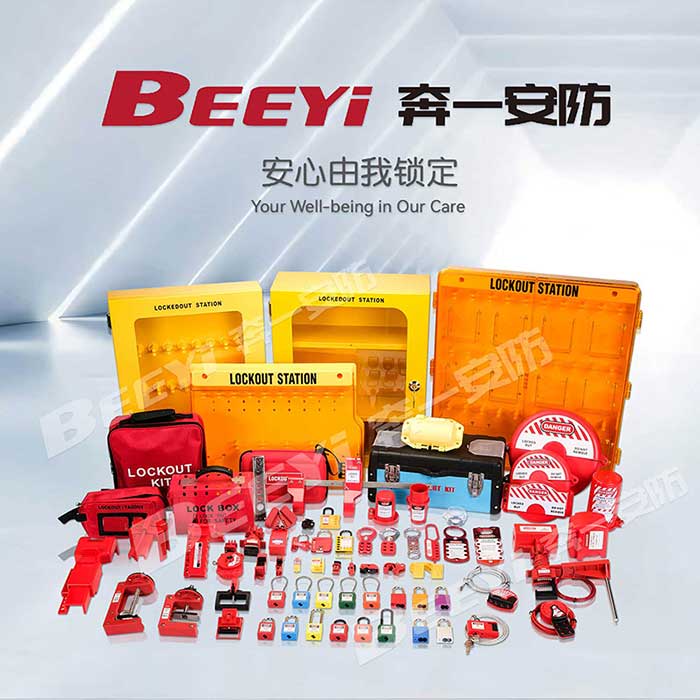
1. Master Lock: A Trusted Leader in Security Master Lock is a well-established name in the world of safety and security equipment, offering an extensive range of lockout hasps designed for industrial use. Their lockout hasps are known for their durability and effectiveness in preventing unauthorized access to machinery during maintenance. Why Choose Master Lock? Durability: Master Lock products are built to withstand the wear and tear of industrial environments. Variety: They offer a broad selection of lockout hasps with various designs and sizes, allowing businesses to select the one that best suits their needs.
